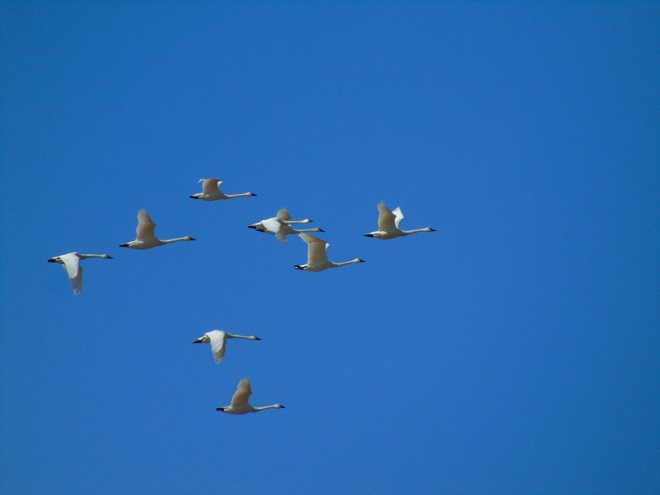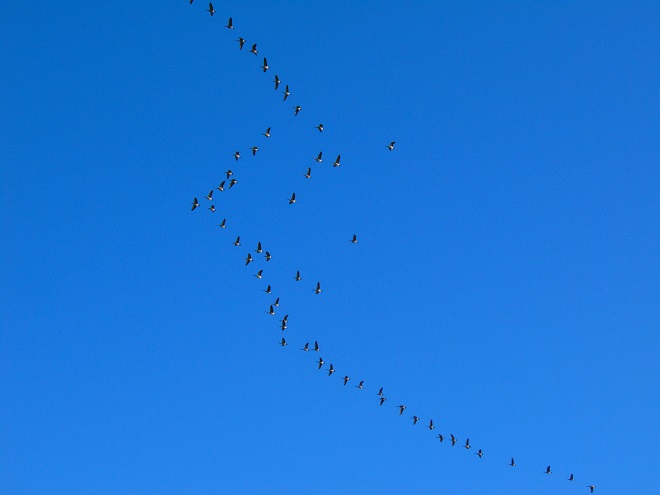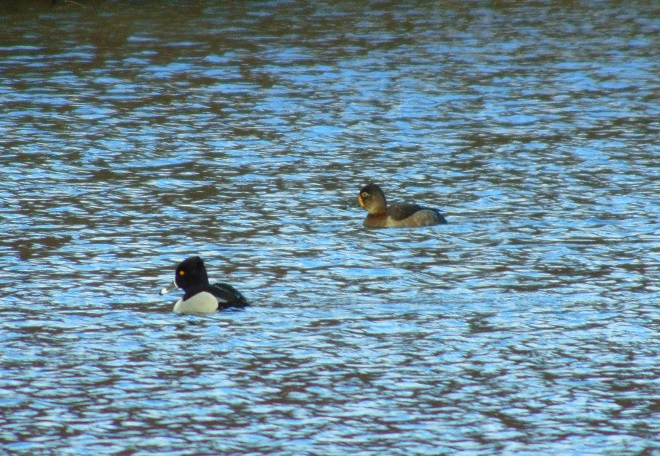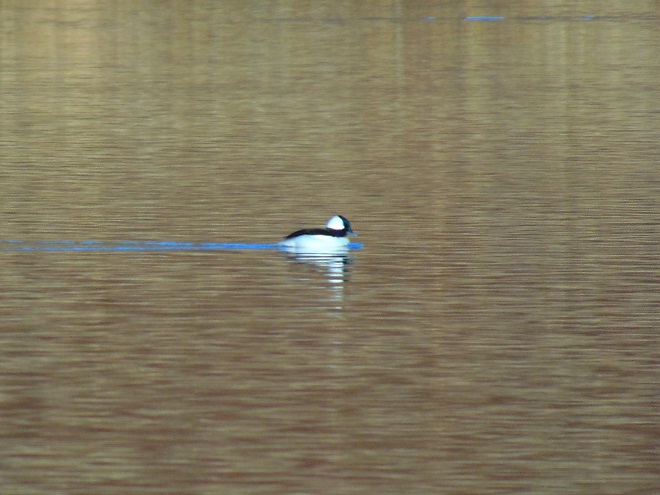Though soggy, windy, and rainy, it happened to be a delightfully mild day to search for migrating waterfowl in the Lower Susquehanna River Watershed. Here’s a look at what we found temporarily grounded by the poor flight conditions…

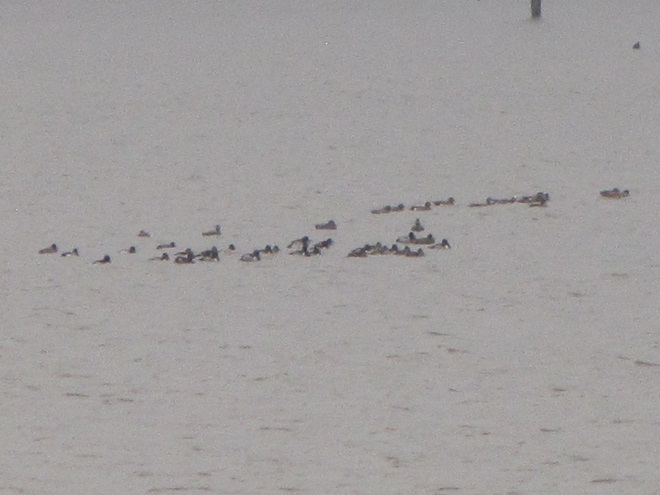

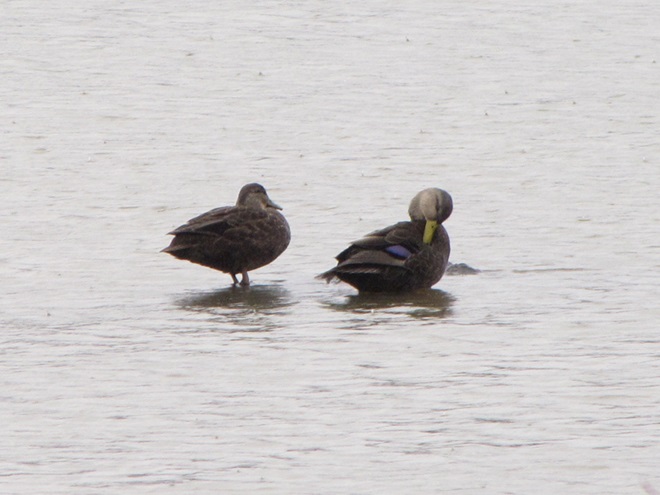




LIFE IN THE LOWER SUSQUEHANNA RIVER WATERSHED
A Natural History of Conewago Falls—The Waters of Three Mile Island
Though soggy, windy, and rainy, it happened to be a delightfully mild day to search for migrating waterfowl in the Lower Susquehanna River Watershed. Here’s a look at what we found temporarily grounded by the poor flight conditions…







In late March and early April, a rainy night and fog at daybreak can lead to an ideal morning for spotting migratory waterfowl and seabirds during their layover on the lower Susquehanna. Visibility was just good enough to spot these birds at Harrisburg, Pennsylvania, most of them feeding at midriver.
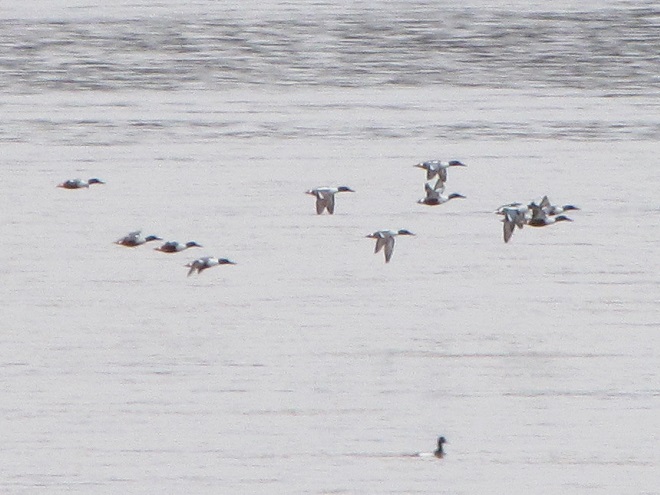




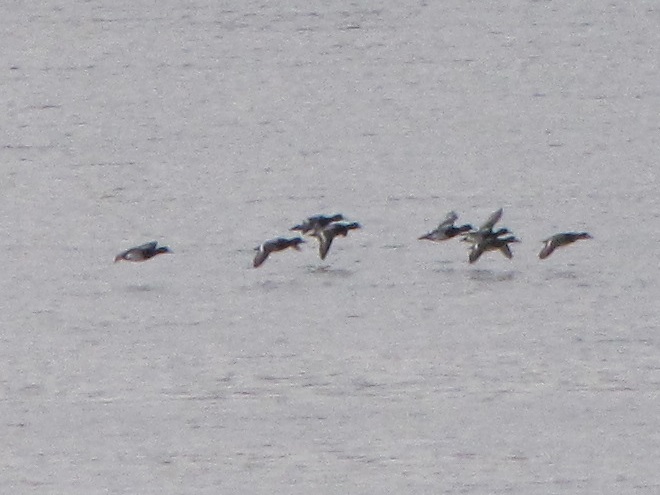


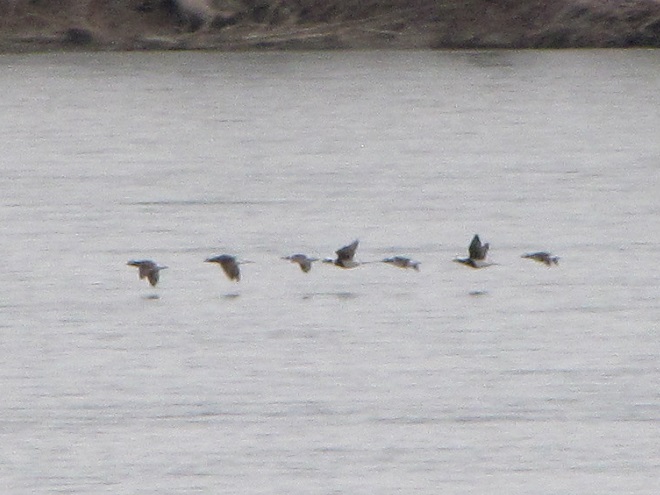





With plenty of open water on the main lake and no snow cover on the fields where they graze, Snow Geese have begun arriving at Middle Creek Wildlife Management Area in Lancaster/Lebanon Counties. As long as our mild winter weather continues, more can be expected to begin moving inland from coastal areas to prepare for their spring migration and a return to arctic breeding grounds.
You probably need a break from being indoors all month, so why not get out and have a look?
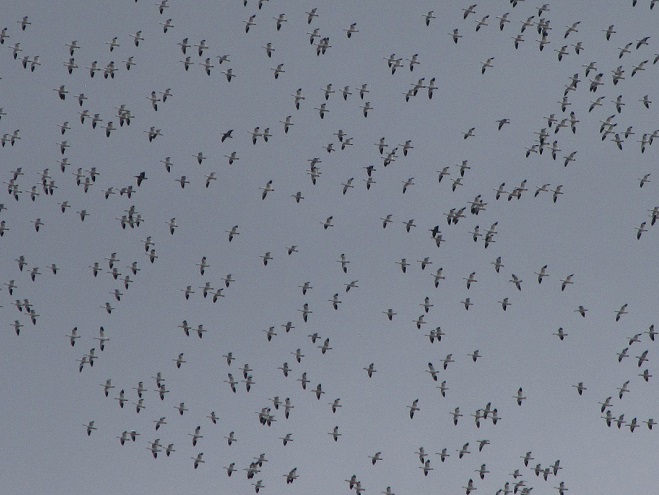



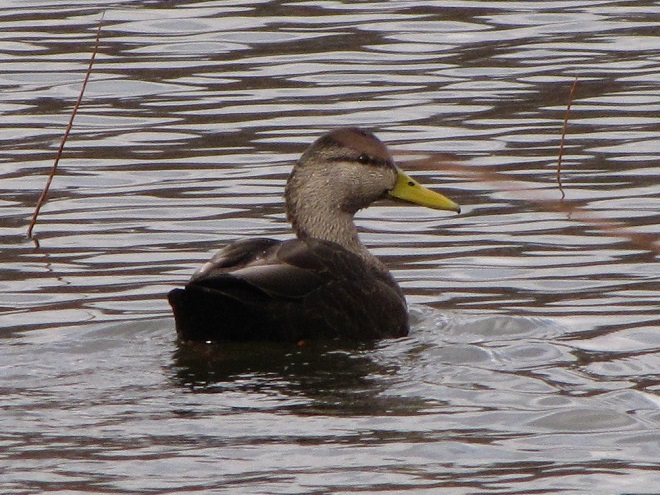

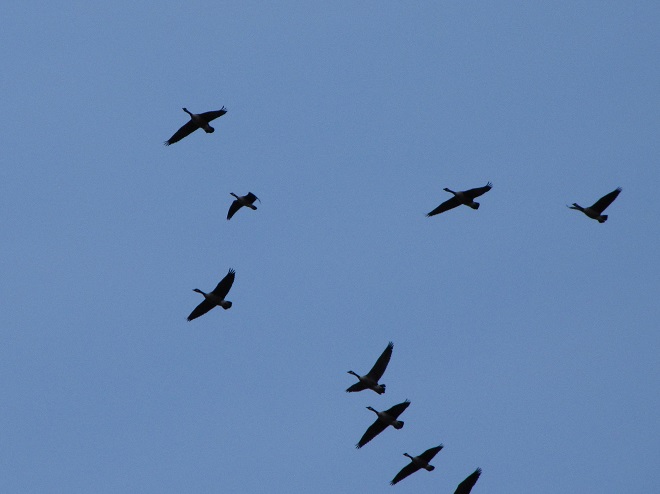
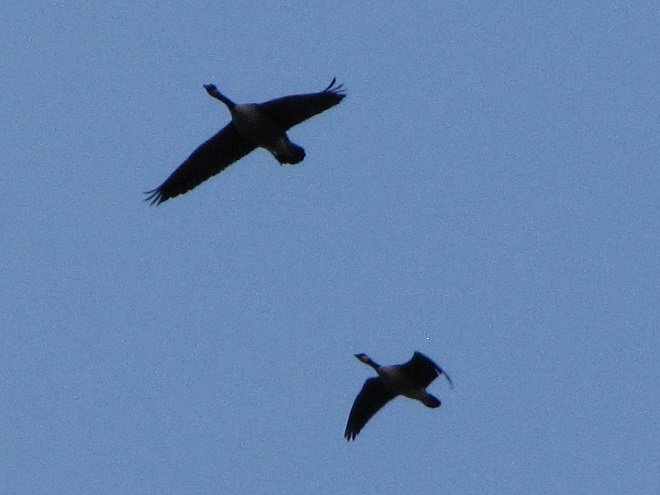
Don’t just sit there—don your coat, grab a pair of binoculars, and get out and have a gander!
So you aren’t particularly interested in a stroll through the Pennsylvania woods during the gasoline and gunpowder gang’s second-biggest holiday of the year—the annual sacrifice-of-the-White-tailed-Deity ritual. I get it. Two weeks and nothing to do. Well, why not try a hike through the city instead? I’m not kidding. You might be surprised at what you see. Here are some photographs taken today during several strolls in Harrisburg, Pennsylvania.
First stop was City Island in the Susquehanna River—accessible from downtown Harrisburg or the river’s west shore by way of the Market Street Bridge.
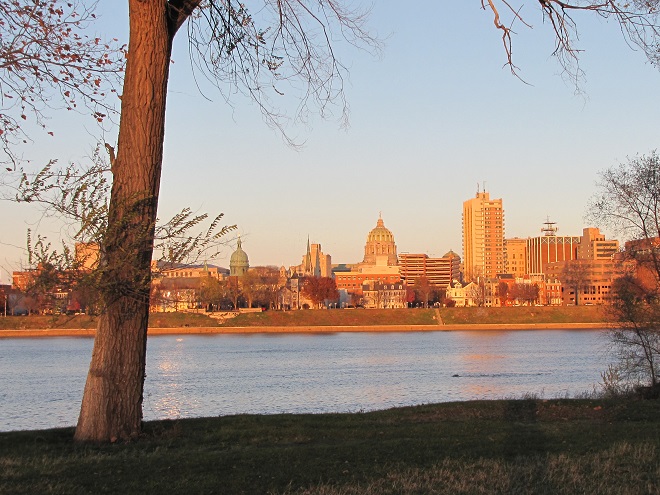



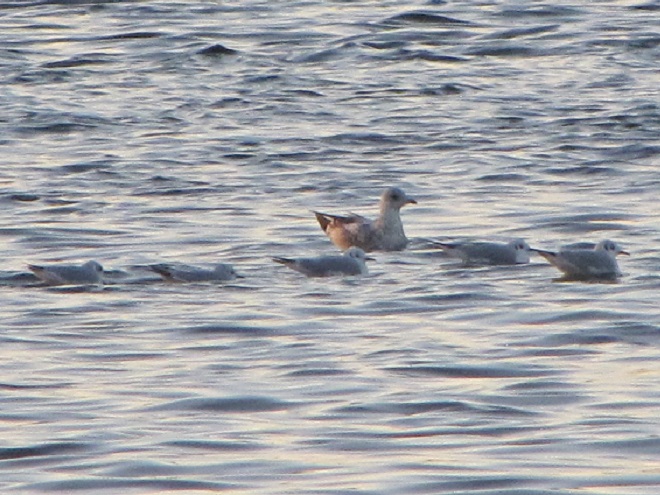
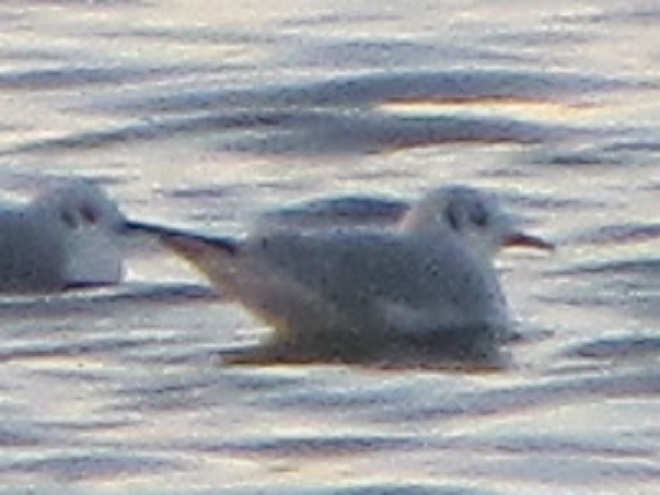
Okay, City Island was worth the effort. Next stop is Wildwood Park, located along Industrial Road just north of the Pennsylvania Farm Show complex and the Harrisburg Area Community College (HACC) campus. There are six miles of trails surrounding mile-long Wildwood Lake within this marvelous Dauphin County Parks Department property.






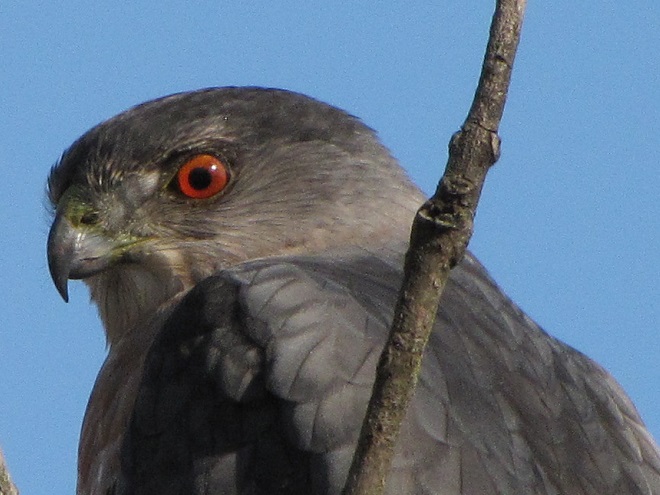
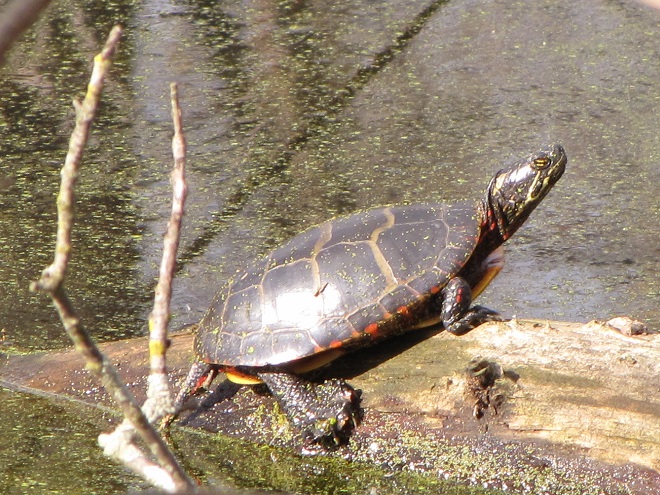
And now, without further ado, it’s time for the waterfowl of Wildwood Lake—in order of their occurrence.
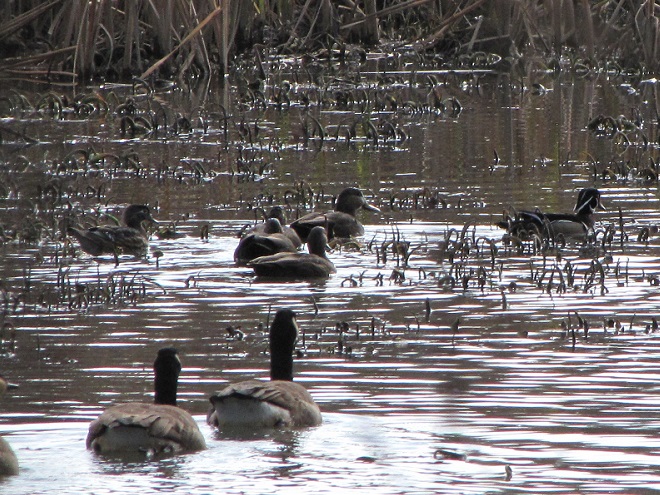


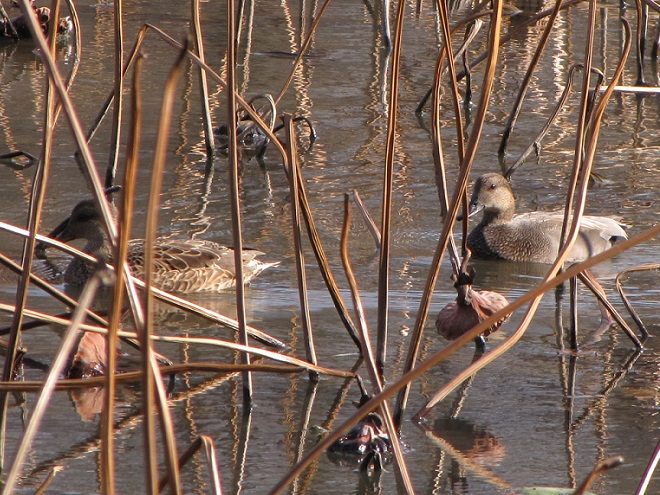


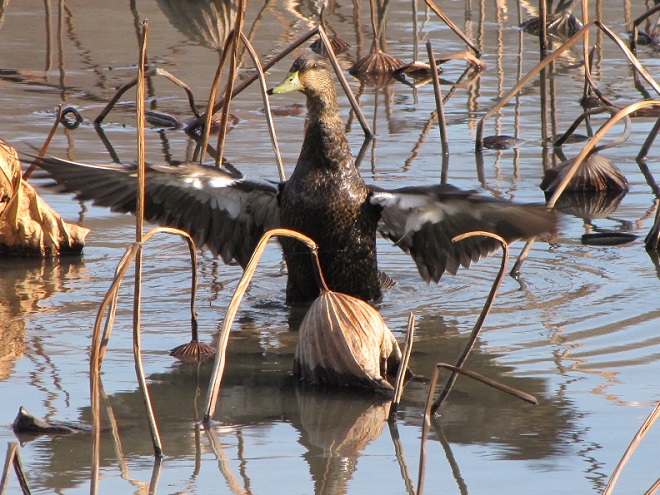
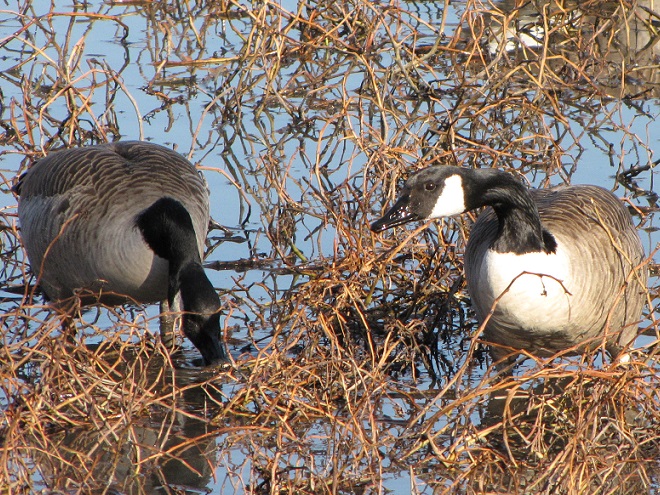



See, you don’t have to cloak yourself in bright orange ceremonial garments just to go for a hike. Go put on your walking shoes and a warm coat, grab your binoculars and/or camera, and have a look at wildlife in a city near you. You never know what you might find.
SOURCES
Taylor, Scott A., Thomas A. White, Wesley M. Hochachka, Valentina Ferretti, Robert L. Curry, and Irby Lovette. 2014. “Climate-Mediated Movement of an Avian Hybrid Zone”. Current Biology. 24:6 pp.671-676.
You remember the signs of an early spring, don’t you? It was a mild, almost balmy, February. The earliest of the spring migrants such as robins and blackbirds were moving north through the Lower Susquehanna River Watershed. The snow had melted and ice on the river had passed. Everyone was outdoors once again. At last, winter was over and only the warmer months lie ahead…beginning with March.
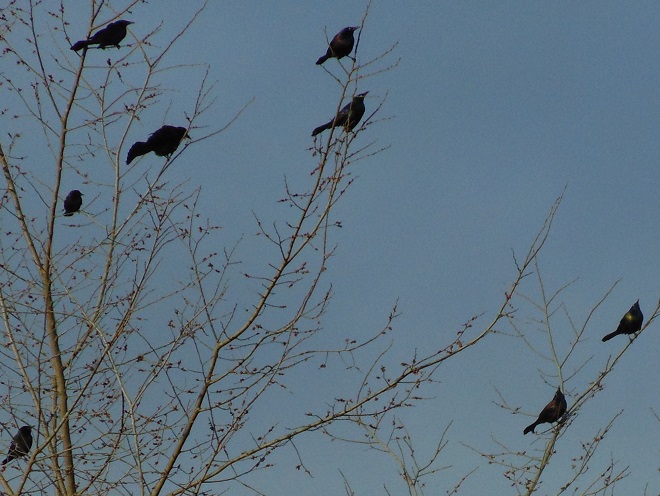
Ah yes, March, the cold windy month of March. We remember February fondly, but this March has startled us out of our vernal daydreams to wrestle with the reality of the season. And if you’re anywhere near the Mid-Atlantic states on this first full day of spring, you know that a long winter’s nap and visions of sugar peas would be time better spent than a stroll outdoors. Presently it’s dusk, and the snow from the 4th “Nor’easter” in a month is a foot deep and still falling.
In honor of “The Spring That Was”, here then is a sampling of some of the migratory waterfowl that have found their way to the Lower Susquehanna River Watershed during March. Some are probably lingering and feeding for a while. All will move along to their breeding grounds within a couple of weeks, regardless of the weather.
